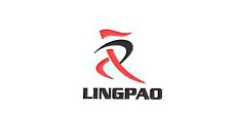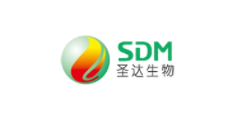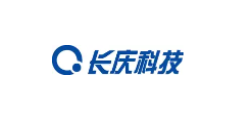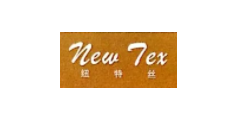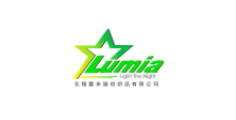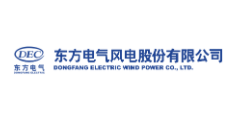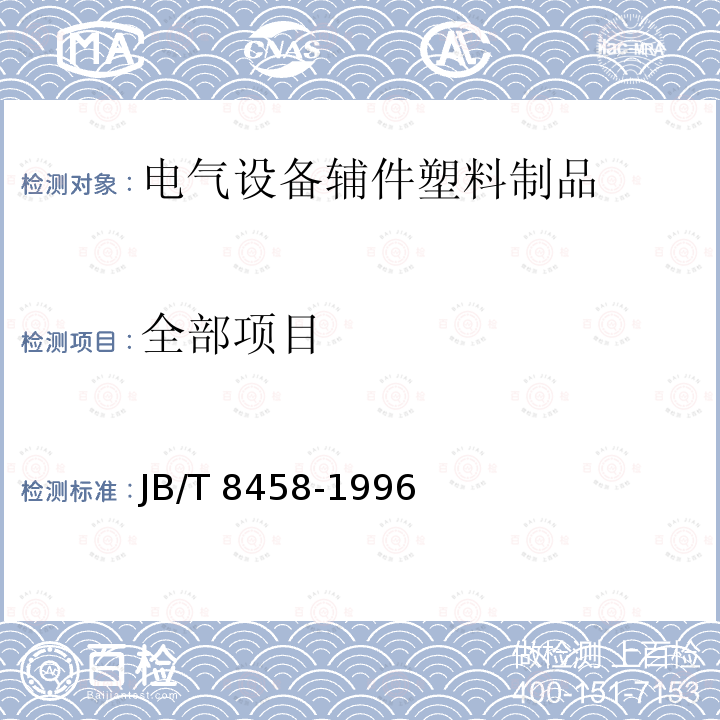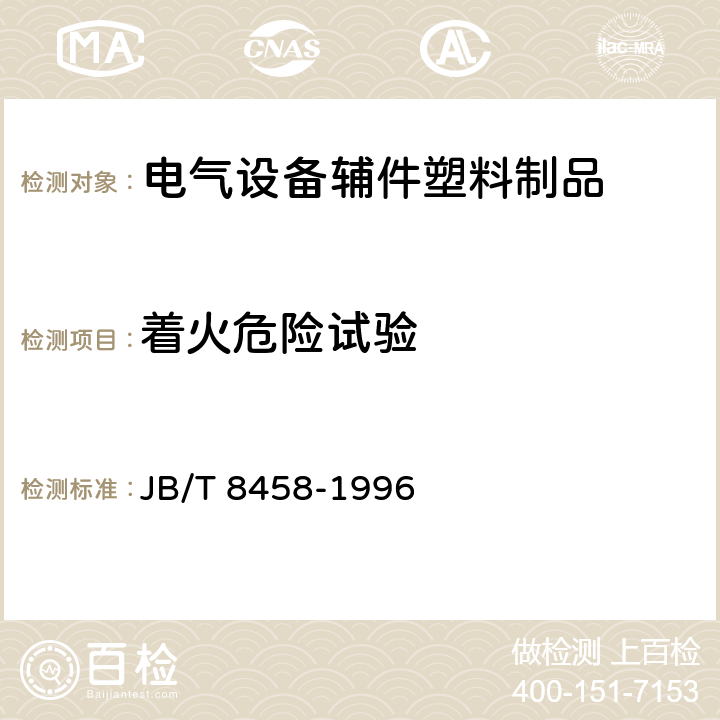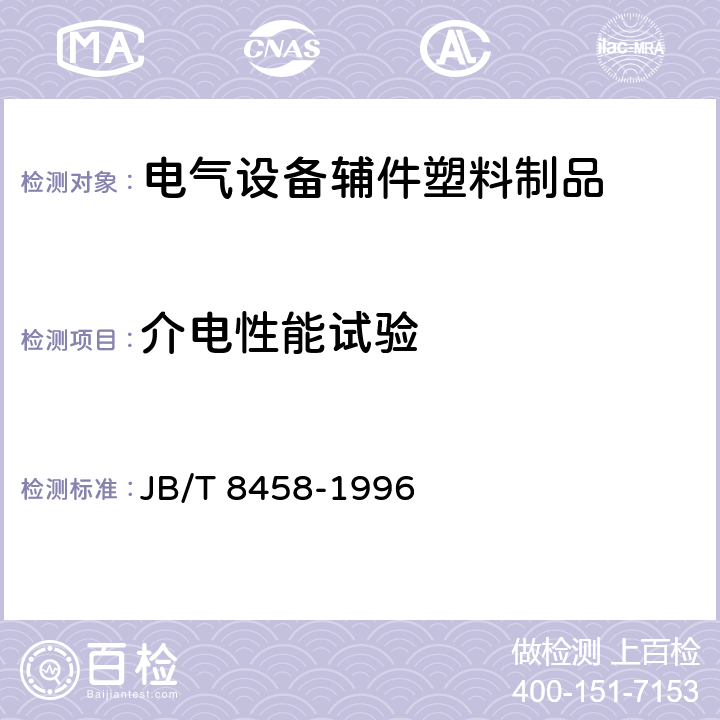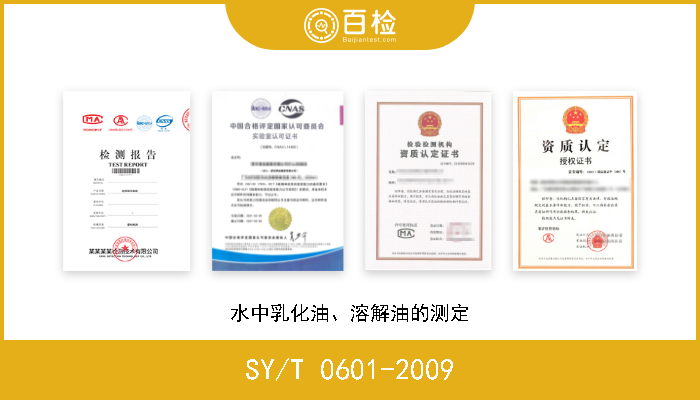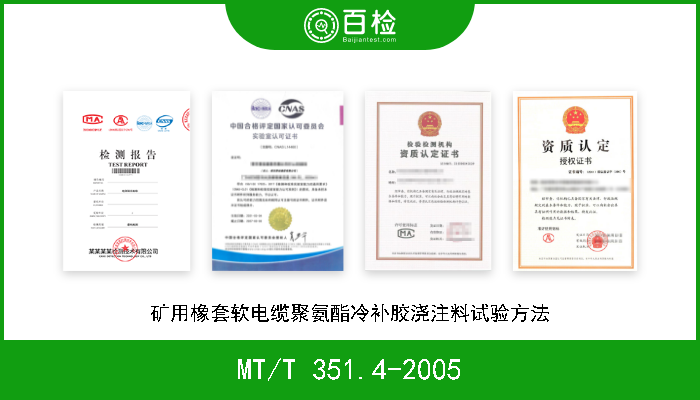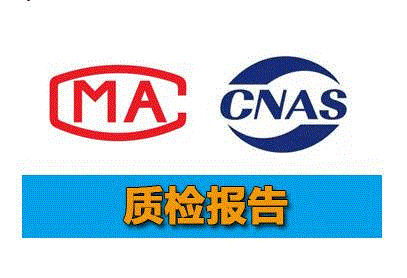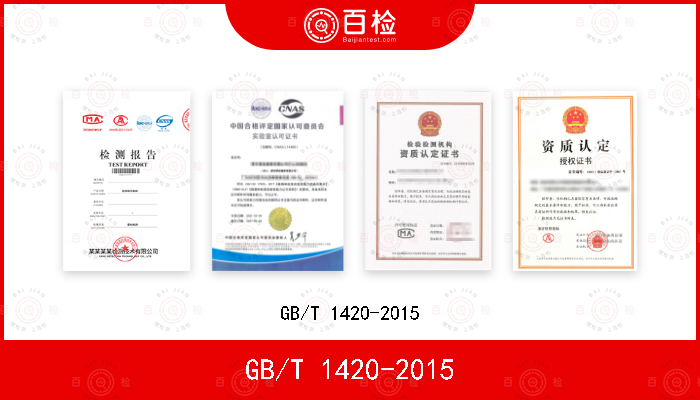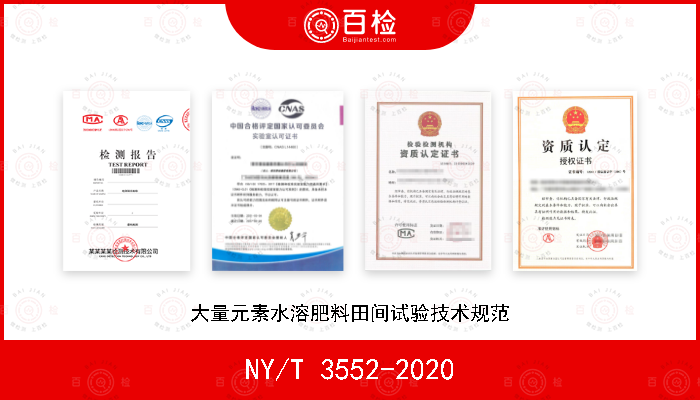BS ISO 9370-1997 塑料制品.风化试验辐射暴露度的仪器测定.一般指南和基本试验方法
百检网 2021-08-03
标准号:BS ISO 9370-1997
中文标准名称:塑料制品.风化试验辐射暴露度的仪器测定.一般指南和基本试验方法
英文标准名称:Plastics - Instrumental determination of radiant exposure in weathering tests - General guidance and basic test method
标准类型:G31
发布日期:1997/12/15 12:00:00
实施日期:1997/12/15 12:00:00
中国标准分类号:G31
国际标准分类号:83.080.01
适用范围:1 This International Standard specifies methods for the instrumental measurement of irradiance on a planar surface. This includes both natural and simulated natural exposure testing. 2 Instrumental techniques include the continuous measurement of total solar and spectral solar irradiance (with emphasis on the ultraviolet wavelength region), and the accumulation (or integration) of instantaneous data to provide a total radiant exposure (dosage). 3 Exposure in apparatus using artificial light sources sometimes requires measurement of irradiance and radiant exposure at specified wavelengths in order to monitor and, if required, control the irradiance on a planar surface and/or to define quantitatively the exposure stages of an exposed specimen. Typically, measurements of radiation in the 290 nm to 400 nm band, or narrow-band measurements with centre wavelengths at, for example, 340 nm or 420 nm, are required. However, in contrast to natural exposure conditions, radiation of wavelengths shorter than 300 nm is present in most light sources used in laboratory accelerated tests, and is known to cause rapid degradation in many polymers. In addition, radiation of longer wavelengths can be very important in product degradation such as colour fade. Therefore, it may be very useful to monitor short-wavelength radiation of less than 300 nm and long-wavelength radiation at wavelengths greater than 400 nm. 4 This International Standard does not specify procedures using blue wool standards, chemical actinometry, monochromators or polymeric and other film dosimetry. NOTE 1 This should not be construed to imply that such techniques are undesirable. Efforts are under way in several countries to develop polymeric dosimeters for this purpose. NOTE 2 Monochromators are usually used in spectroradiometric systems where high-resolution precision scanning of a passband is required. 5 The total solar and solar ultraviolet radiation measuring instruments described in this International Standard can be used in the following exposure tests: a) Natural exposure tests Measurement of total solar and solar ultraviolet radiation using the instruments and procedures specified in this International Standard will improve the comparability of exposure tests conducted at different times in a single location. It may also improve the comparability of results obtained in different locations with similar climates. However, comparison of results from exposures in different locations must also consider the effects of temperature, moisture and other climatic factors on the type and rate of product degradation as well as the level of solar radiation. NOTE 3 While the instrument performance data described in tables 1 and 2 may be considered as a specification, especially for instruments that measure total solar radiation, instruments currently available for measurement of solar ultraviolet radiation may not meet all of the performance features listed. b) Comparison between natural exposure and laboratory accelerated tests Measurements of ultraviolet and/or visible radiation using the instruments and procedures specified in this International Standard may aid in comparing results from artificial accelerated tests with those from natural exposure. When this is done, comparison should be made in several passbands. Comparing the radiation in a short-wavelength UV passband is necessary to gauge the relative severity of the exposure and to estimate the risk that the accelerated test might produce degradation reactions that would not occur in a natural exposure. The intensity and spectral distribution of the radiation used in accelerated tests is only one factor in determining the comparability of results obtained in natural exposures. One must also consider temperature, moisture and other climatic factors (notably pollution effects) when making these comparisons. Because of differences between a material's response to increased radiation levels and
中文标准名称:塑料制品.风化试验辐射暴露度的仪器测定.一般指南和基本试验方法
英文标准名称:Plastics - Instrumental determination of radiant exposure in weathering tests - General guidance and basic test method
标准类型:G31
发布日期:1997/12/15 12:00:00
实施日期:1997/12/15 12:00:00
中国标准分类号:G31
国际标准分类号:83.080.01
适用范围:1 This International Standard specifies methods for the instrumental measurement of irradiance on a planar surface. This includes both natural and simulated natural exposure testing. 2 Instrumental techniques include the continuous measurement of total solar and spectral solar irradiance (with emphasis on the ultraviolet wavelength region), and the accumulation (or integration) of instantaneous data to provide a total radiant exposure (dosage). 3 Exposure in apparatus using artificial light sources sometimes requires measurement of irradiance and radiant exposure at specified wavelengths in order to monitor and, if required, control the irradiance on a planar surface and/or to define quantitatively the exposure stages of an exposed specimen. Typically, measurements of radiation in the 290 nm to 400 nm band, or narrow-band measurements with centre wavelengths at, for example, 340 nm or 420 nm, are required. However, in contrast to natural exposure conditions, radiation of wavelengths shorter than 300 nm is present in most light sources used in laboratory accelerated tests, and is known to cause rapid degradation in many polymers. In addition, radiation of longer wavelengths can be very important in product degradation such as colour fade. Therefore, it may be very useful to monitor short-wavelength radiation of less than 300 nm and long-wavelength radiation at wavelengths greater than 400 nm. 4 This International Standard does not specify procedures using blue wool standards, chemical actinometry, monochromators or polymeric and other film dosimetry. NOTE 1 This should not be construed to imply that such techniques are undesirable. Efforts are under way in several countries to develop polymeric dosimeters for this purpose. NOTE 2 Monochromators are usually used in spectroradiometric systems where high-resolution precision scanning of a passband is required. 5 The total solar and solar ultraviolet radiation measuring instruments described in this International Standard can be used in the following exposure tests: a) Natural exposure tests Measurement of total solar and solar ultraviolet radiation using the instruments and procedures specified in this International Standard will improve the comparability of exposure tests conducted at different times in a single location. It may also improve the comparability of results obtained in different locations with similar climates. However, comparison of results from exposures in different locations must also consider the effects of temperature, moisture and other climatic factors on the type and rate of product degradation as well as the level of solar radiation. NOTE 3 While the instrument performance data described in tables 1 and 2 may be considered as a specification, especially for instruments that measure total solar radiation, instruments currently available for measurement of solar ultraviolet radiation may not meet all of the performance features listed. b) Comparison between natural exposure and laboratory accelerated tests Measurements of ultraviolet and/or visible radiation using the instruments and procedures specified in this International Standard may aid in comparing results from artificial accelerated tests with those from natural exposure. When this is done, comparison should be made in several passbands. Comparing the radiation in a short-wavelength UV passband is necessary to gauge the relative severity of the exposure and to estimate the risk that the accelerated test might produce degradation reactions that would not occur in a natural exposure. The intensity and spectral distribution of the radiation used in accelerated tests is only one factor in determining the comparability of results obtained in natural exposures. One must also consider temperature, moisture and other climatic factors (notably pollution effects) when making these comparisons. Because of differences between a material's response to increased radiation levels and
百检能给您带来哪些改变?
1、检测行业全覆盖,满足不同的检测;
2、实验室全覆盖,就近分配本地化检测;
3、工程师一对一服务,让检测更精准;
4、免费初检,初检不收取检测费用;
5、自助下单 快递免费上门取样;
6、周期短,费用低,服务周到;
7、拥有CMA、CNAS、CAL等权威资质;
8、检测报告权威有效、中国通用;
客户案例展示
相关商品
版权与免责声明
①本网注名来源于“互联网”的所有作品,版权归原作者或者来源机构所有,如果有涉及作品内容、版权等问题,请在作品发表之日起一个月内与本网联系,联系邮箱service@baijiantest.com,否则视为默认百检网有权进行转载。
②本网注名来源于“百检网”的所有作品,版权归百检网所有,未经本网授权不得转载、摘编或利用其它方式使用。想要转载本网作品,请联系:service@baijiantest.com。已获本网授权的作品,应在授权范围内使用,并注明"来源:百检网"。违者本网将追究相关法律责任。
③本网所载作品仅代表作者独立观点,不代表百检立场,用户需作出独立判断,如有异议或投诉,请联系service@baijiantest.com
最新资讯

